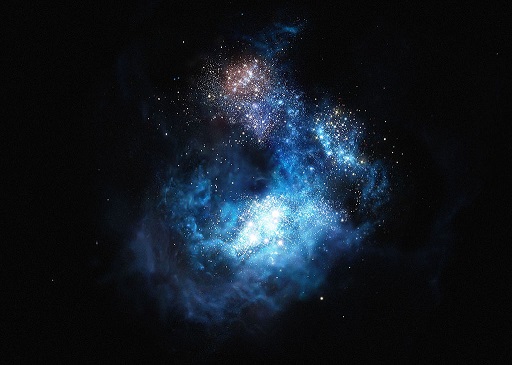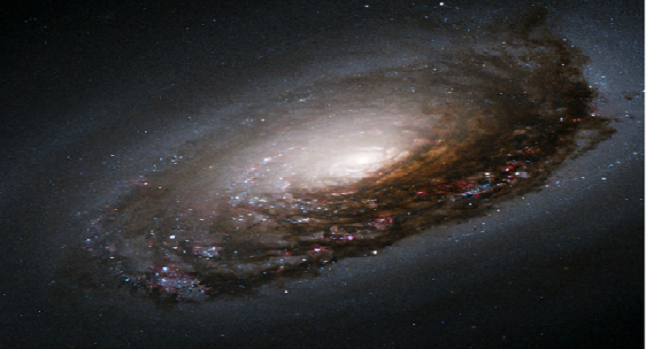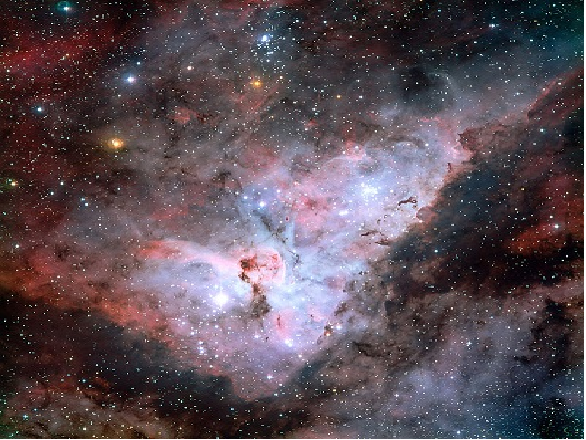Ramdom Photos Collection
I added some photos or images of other galaxies and other heavenly bodies that can be found in the outer space. Best Regards!! <3 <3
Photo Number 1

A supernova occurs when a high-mass star reaches the end of its life. When nuclear fusion in the core of the star stops, the star collapses. The gas falling inward either rebounds or gets so strongly heated that it expands outwards from the core, thus causing the star to explode. The expanding shell of gas forms a supernova remnant, a special diffuse nebula.



